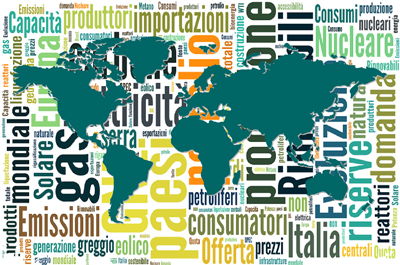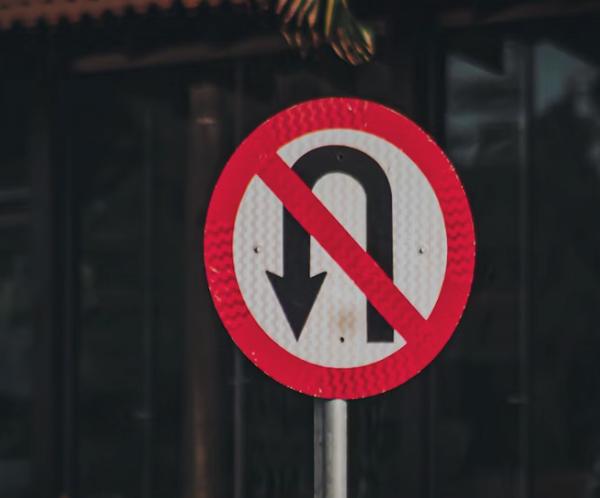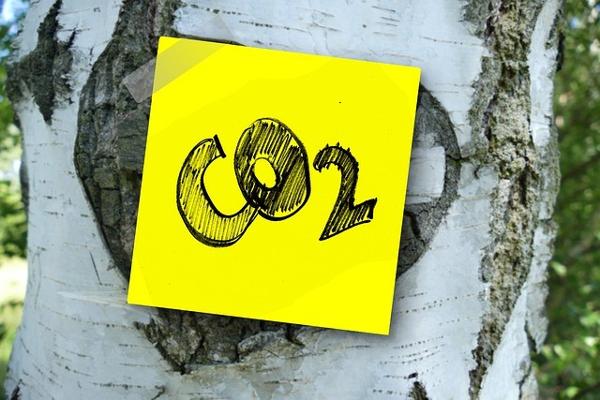Right on time before the Winter season break, the European institutions just finalized what in Brussels is called the institutional transition, meant as the renewal of the European Parliament, the leadership of the European Commission and the presidency of the European Council. Taking into account the results of the European elections as well as a fast-changing global – and local – context, the newly appointed College of Commissioners have now set the political priorities for the new 2024-2029 legislative mandate. For the surprise of none, many of the issues on which the Commission is going to work will have deep and far-reaching impacts on the European fuel and energy sectors.
On the one hand, geopolitical developments as well as the economic reality across Member States has inspired the new European Commission to bring the perspective of industrial competitiveness to the core of policy-making. As such, President Von der Leyen – supported by a number of Vice-Presidents and Commissioners - has committed to work towards the recovery of European industry’s competitiveness in a globalized world. And this shows in her own regulatory plans: by the end of February 2025 (within the first 100 days of her mandate), the European Commission will present a new European Industrial Deal. Under the leadership of Vice-President for Prosperity and Industrial Strategy Stéphane Sejourné, this new Deal will be seen as the heir of the EU Green Deal, and will include a number of new initiatives such as a Action Plan on Affordable Energy, an Industrial Decarbonisation Accelerator Act, a European Competitiveness Fund as well as an Industrial Action Plan for the automotive sector, among other measures.
It is clear that the European automotive sector – and all those liked to it – will be very visible in Brussels. Especially after the regulatory tsunami of the last five years, the European Commission will be forced to revisit many of the decisions that, either for economic or for political reasons, were seen as detrimental for the sector’s competitiveness. The most visible changes will undoubtedly relate to the European Regulation on CO2 emission standards for light-duty vehicles and to the obligation to reduce 100% of GHGH emissions of new fleets by 2035 (the so-called ban on the internal combustion engine). After such decision became central during the EU electoral debates, the Commission – through the new Commissioner for Climate, Net Zero and Clean Growth Woepke Hoekstra – will present a series of measures to integrate “a technology-neutral approach’ that promotes the inclusion of e-fuels in the new car emission rules”. This responds to a long-standing call from the automotive and fuel supplying sectors to include the climate and environmental performance of low-carbon fuels in EU Regulations, de facto reviewing the ban of sales of new internal combustion engines using exclusively these cleaner fuels.
These discussions will also be part of a much wider debate about climate ambition. Building on the commitment expressed by the previous EU Commission, the current College will present legislative proposals to enshrine a 90% decarbonisation target by 2040. It is yet to see if the inclusion of an intermediate target for 2040 will automatically trigger the review of all the pieces of legislation that were in the past part of the Fit for 55 Package (since these are based on the 55% reduction target for 2030), although the European Commission has already given indications for a deeper regulatory review. In that regard, Commissioner for Energy and Housing Dan Jorgensen has been mandated to work on a new renewable energy target for 2040. It is yet to be seen if such a new target will also include sector-specific mandates and obligations.
While many uncertainties remain, one can be certain that the next term will be prolific when it comes to policies and regulations affecting the energy sector.
The Commission is already preparing the review of the EU ETS and the implementation of the Carbon Adjustment Mechanism, due in 2026. Furthermore, detailed secondary legislation is expected to be adopted for the definition of net-zero technologies, including energy storage, RFNBOs technologies and infrastructure.
Liquid fuels might also be making a slight come-back onto the EU policy agenda: while the Commission will work on the elimination of fossil fuel subsidies and on the incentivisation of private decarbonisation investments, it will also be looking into measures to enhancing biofuels availability in the EU and to incentivize investments towards grids, storage and transport, cross-border infrastructure, energy efficiency and digitalization of energy systems, as well as hydrogen deployment. All this should be included in the new ‘Clean Energy Investment Strategy’, also expected in 2025.
Lastly, the Commission will continue advancing in its strategies to drive the transformation of the European transport sectors, reviewing and updating the EU Sustainable Transport Plan.
It is clear that President Von der Leyen’s second mandate will not be – as some expected only a few months ago – a period of transition. The regulatory and policy pipeline will be rich in initiatives supporting the transition towards a low-carbon energy mix, while keeping competitiveness and affordability at the core of the decisions.
A curvy road ahead for the fuel sector, offering opportunities to continue working together towards realistic and enforceable legislations supporting the travel towards a more just, competitive and sustainable future.




















